In today’s world, mobile gaming has evolved into a vibrant market with countless engaging titles. However, during the early days of the smartphone era, options for mobile games were quite limited. Notable names from that time include “Fruit Ninja” and “Angry Birds,” along with “Temple Run.” While other brands seemed to fade into obscurity, Angry Birds stands as a prime example of the saying: “You can either die as a hero or live long enough to see yourself become the villain.”
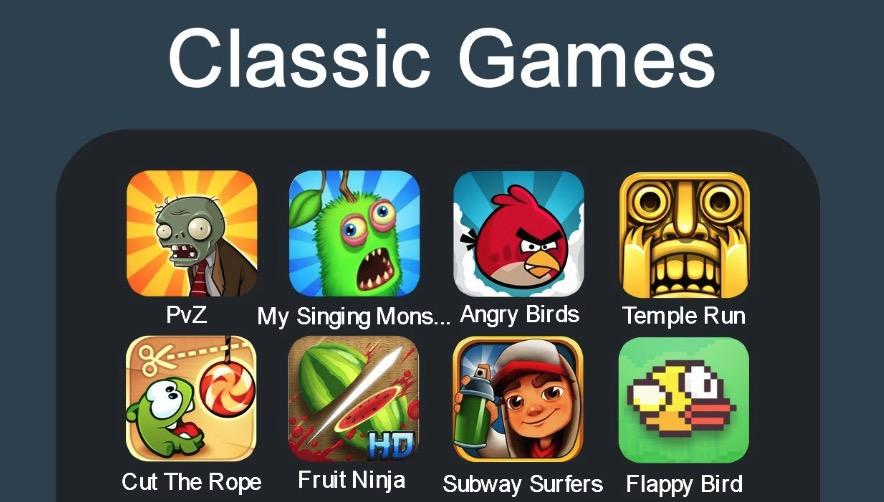
YouTuber SunnyV2 recently uploaded a video discussing Angry Birds, garnering significant attention with over 2 million views. The video revisited the rise and fall of Angry Birds—a game that once dominated the mobile gaming landscape but ultimately fell into obscurity due to poor management, excessive monetization, and aggressive profit strategies.
Angry Birds – A Global Phenomenon
Released in December 2009, Angry Birds quickly became the most downloaded paid game worldwide. Despite being a “copy” of Crush the Castle, a game launched in early 2009 with similar gameplay mechanics, Rovio refined the formula with captivating graphics, engaging gameplay, and relatable characters. Its rapid success transformed Angry Birds into a global phenomenon.
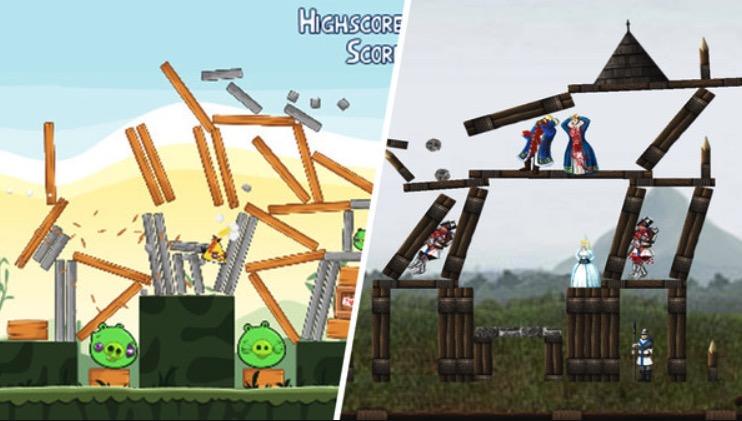
Angry Birds features dynamic gameplay, various levels, and multiple game modes, with each stage presenting different challenges. Players earn points based on their performance, while utilizing different birds with unique abilities adds depth to the competition for high scores. Tossing five distinct birds, each with varying strengths, alongside engaging soundtracks, helped make Angry Birds a resounding success—unlike anything Rovio had previously created.
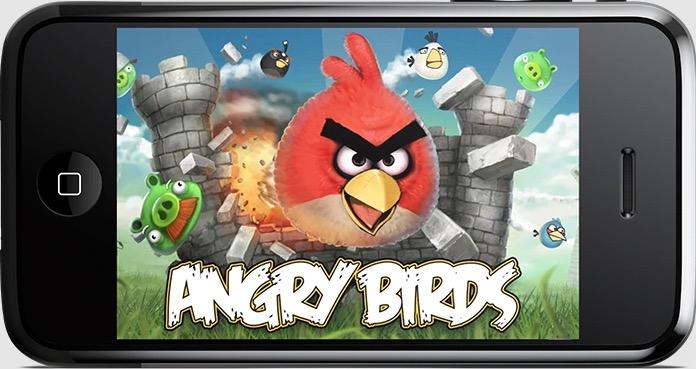
With millions of downloads, Angry Birds maintained its top position as the most downloaded paid game across over 60 countries for nearly two months. Rovio capitalized on this success by releasing multiple variations of the game, helping it maintain its top spot in the App Store with 7 million downloads, generating over 10 million USD in its first year, and later expanding into merchandise sales. Angry Birds merchandise became a sensation, with over 60,000 products sold within just a few months.
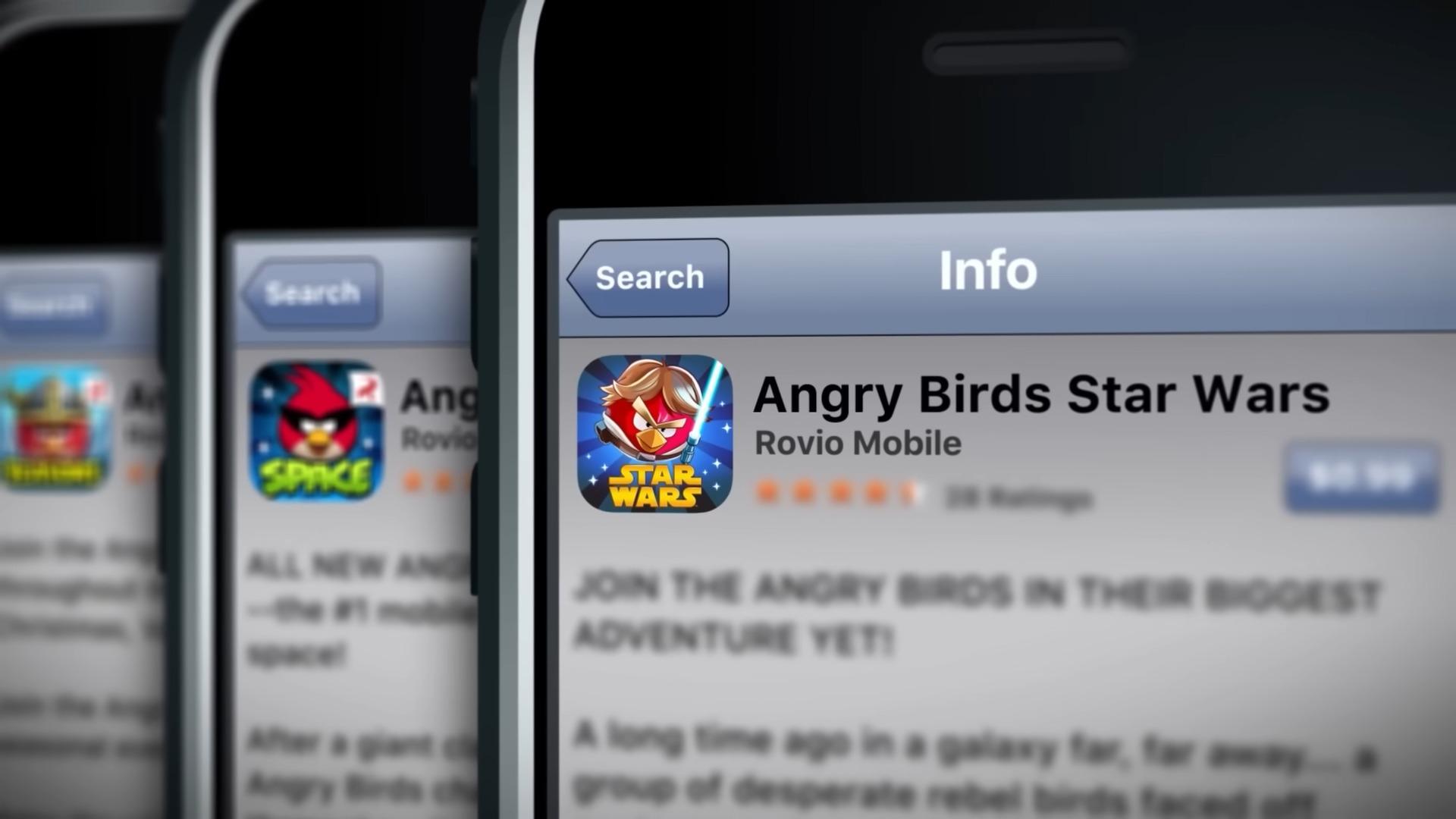
In 2011, Rovio’s revenue reached 100 million USD, with employee numbers increasing from 28 to 224. That same year, it became the first mobile game to achieve a billion downloads, even gaining praise from celebrities like Justin Bieber.
Signs of Decline
By late 2012, the company began to face serious challenges. Interest in the game waned, and although many versions of Angry Birds were released, the gameplay remained largely unchanged for over three years. Consequently, in the following year, revenues dropped by more than half, and Angry Birds fell out of the top 50 in rankings, forcing Rovio to seek new strategies.
To revive its fortunes, Rovio experimented with new types of games like Angry Birds Go! (inspired by Mario Kart) and Angry Birds Epic (a role-playing game). Despite receiving positive reviews, these titles ultimately failed to achieve significant revenue. The company’s profits plummeted by 73% in 2014, resulting in the layoffs of 110 employees.
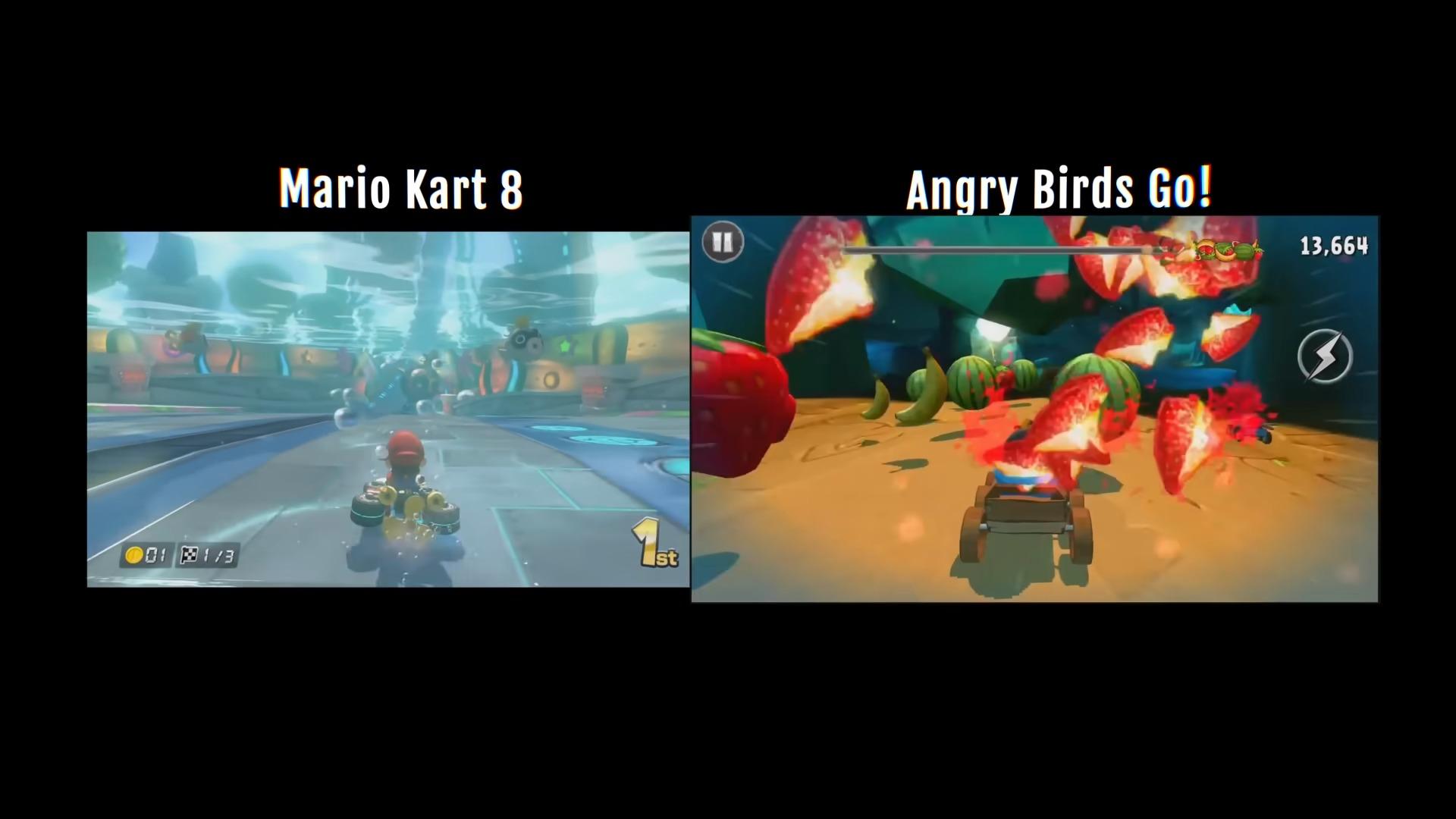
Faced with declining revenues, Rovio shifted to a monetization model based on microtransactions. When Angry Birds 2 was released in 2015, players quickly realized it was no longer the friendly game it once was, but instead had transformed into a “money-grabbing machine” with coercive strategies requiring players to spend money. The game was accused of being a “greedy title that only wants the player’s money.”
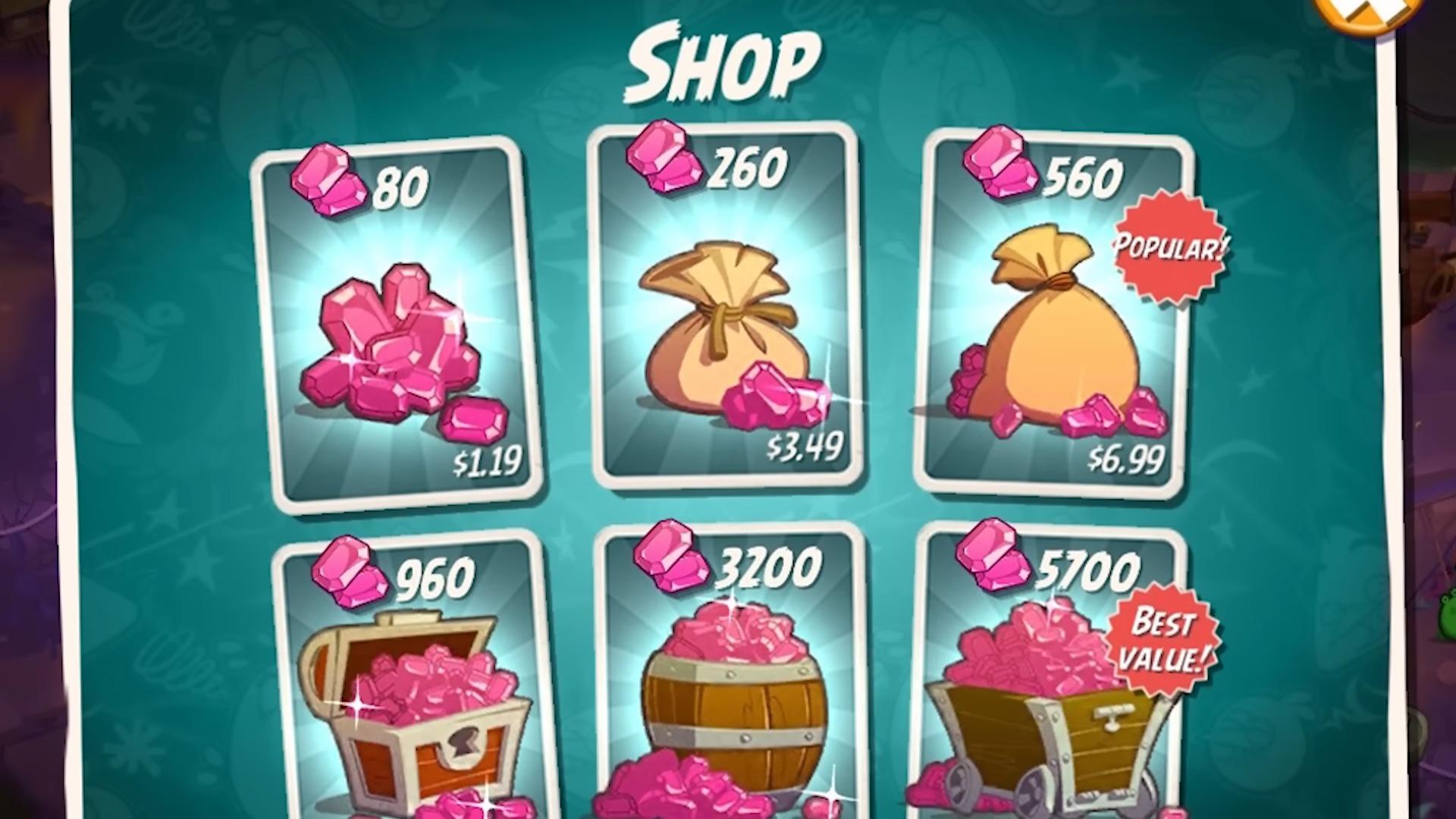
While players were willing to pay if the game was enjoyable, the game increasingly became challenging to maintain balance, with players either needing to purchase items to progress or replay levels multiple times to succeed.
This “money-grabbing” trend made Angry Birds 2 the highest-grossing game for Rovio, but later that same year, the company announced a loss of nearly 15 million USD, continuing to lay off over 200 employees, approximately 32% of its total workforce at that time.
The Struggle for Survival
As it seemed like Angry Birds was dying, Rovio bet on the success of the film The Angry Birds Movie (2016). Despite initial skepticism, the film unexpectedly became a hit, grossing over 350 million USD worldwide while costing only 73 million USD to produce. The film’s focus on revenue helped boost Angry Birds 2’s revenue growth by 47% in 2018. Leveraging this opportunity, Rovio decided to produce a sequel—The Angry Birds Movie 2—but this time, it did not replicate the previous success.
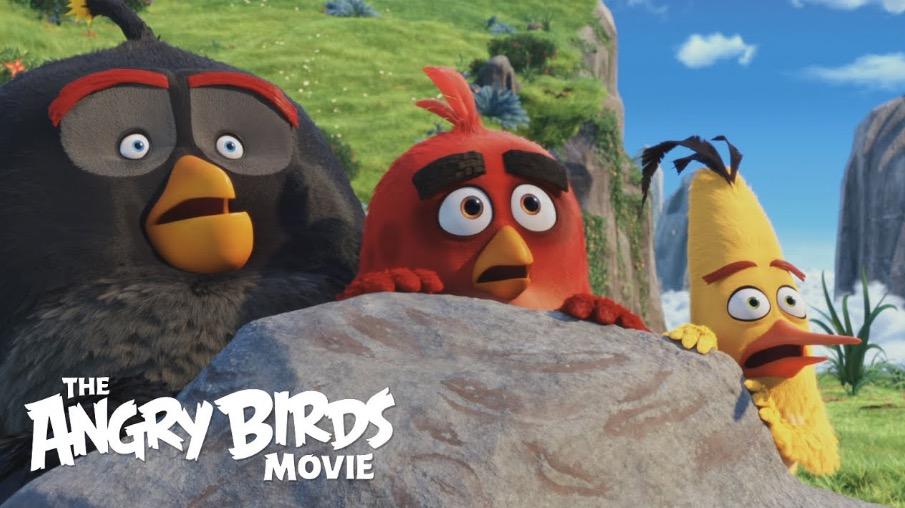
The sequel struggled to attract audiences and failed to resonate with fans. While it did generate some profit, it could not rejuvenate the Angry Birds brand as it once did. The numerous games released by the company during this period remained overshadowed by Angry Birds. At this point, many believed the franchise had peaked.
Rovio’s Greed Decisions
Instead of preserving its legacy, Rovio controversially began removing older versions of Angry Birds from app stores. Rovio justified this decision by claiming it was “unable to maintain high-quality updates” for all its games. However, players quickly recognized that this was just a tactic to pressure them into using versions laden with microtransactions, as the company released numerous “knock-off” games mimicking the gameplay of other titles like Candy Crush. The backlash surged on social media, with many posts highlighting the company’s actions.
Players wishing to relive the classic experience had to sift through newer versions rife with in-app purchases or seek a game titled Red’s First Flight—essentially the original Angry Birds but with a more challenging name to find on the App Store, pushing users toward fresher titles.
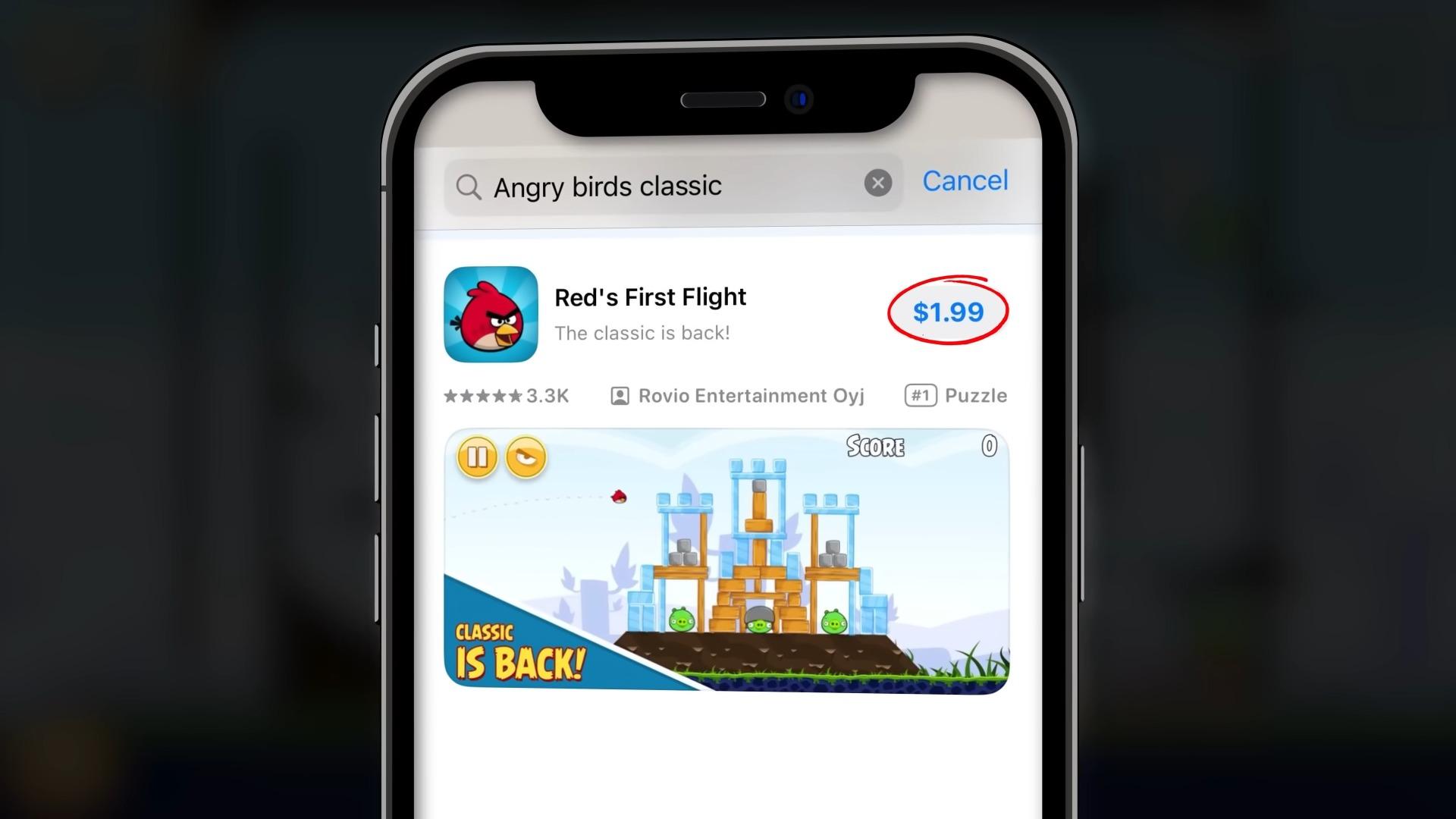
The company increasingly frustrated loyal fans by stating: “We hope fans can continue to cherish their love for Angry Birds 2” and other games in the series.
By 2023, Rovio had been sold to Sega, but the brand’s reputation has not been restored. From a once-legendary franchise, Angry Birds now exists primarily as a remnant, closely associated with a greedy gaming culture.
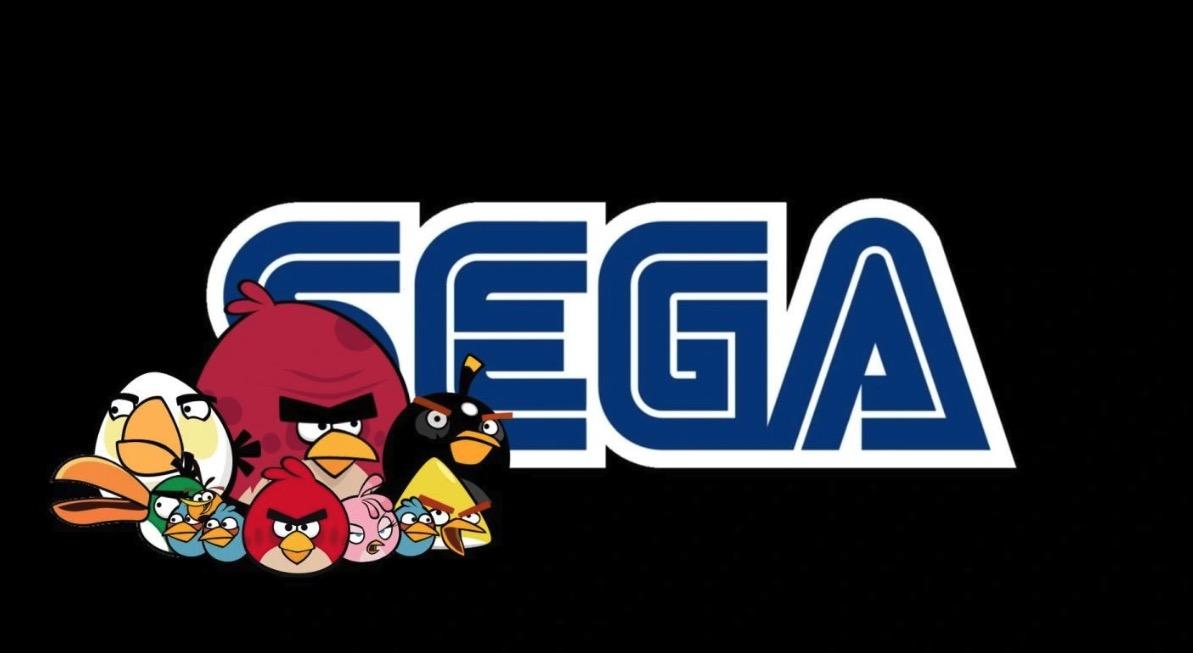
Despite the brand’s current struggles, Rovio is still developing a third Angry Birds film. However, given the current state of affairs, no one dares to predict whether it will succeed or not.
From a simple yet addictive game, Angry Birds has become a cautionary tale about the dangers of excessive monetization, greed, and poor management. While it hasn’t completely vanished, the “angry birds” have lost their charm and the legacy that once made them a phenomenon.





















